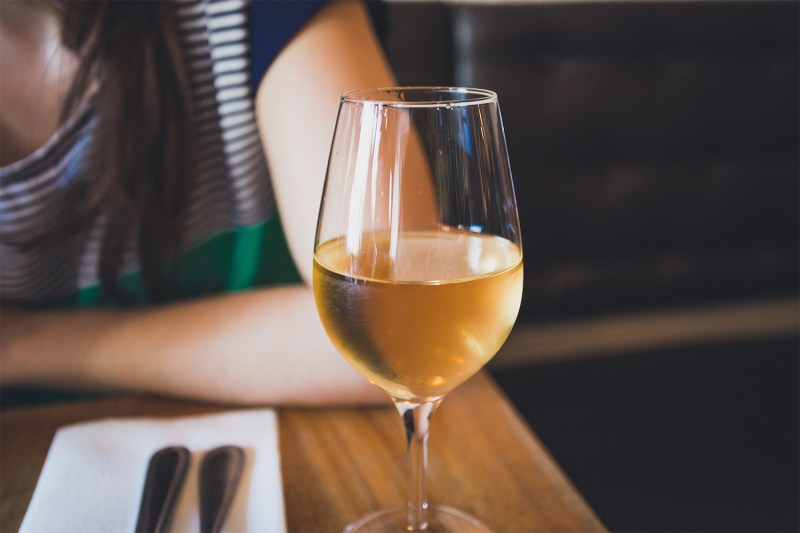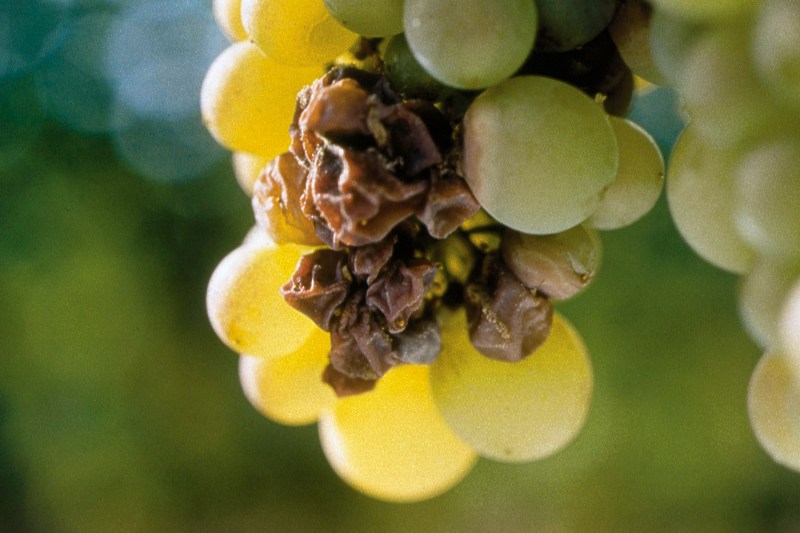
Having worked in wine for well over a decade, including countless hours in tasting rooms, I used to hear it all the time: Yuck, this is too sweet.
Little did the taster know, he was drinking a bone-dry Pinot Noir. As in, absolutely zero residual sugar and therefore no sweetness. They were likely just picking up riper, richer fruit notes typical of a warmer vintage or particular barrel regimen. So we wanted to settle one thing: What exactly is sweet wine, and what is dry in a wine?
A Quick Guide to Residual Sugar
In most red wines, there is little to no residual sugar — the amount of sugar left over after fermentation, when yeast is gobbling up sugar and turning it into alcohol. These wines ferment until dry (no sugar remaining) and then get pressed and, quite often, put to barrel.
With white wines, generally speaking, there is some room for residual sugar. It’s measured in grams per liter and can run anywhere from an off-dry Champagne with a touch of leftover sugar to a candy-sweet dessert wine or ice wine, with a whopping 300 grams/liter (or, 30% residual sugar content). It all depends on style and how the sugar interacts with the rest of the wine.

(You can read more about the wine with the world’s highest amount of residual sugar, Royal Tokaji’s Essencia, here.)
Winemaker Matt Berson of Love & Squalor in the Willamette Valley considers it all a balancing act. He works closely with Riesling, a white grape known for producing beautiful wines spanning the sweetness spectrum. He says his Rieslings are all dry, but contain a smidge of sugar.
“If they didn’t, our customers would run screaming to their dentist,” Berson says. “You have to balance out that devious hit of acid with a hint of sweetness or the whole thing won’t balance.”
“It’s like a margarita. It’s no good without a splash of triple sec or simple syrup, he continues. “But with that little hint of sweet, man, you can drink them all night long.” Famed winemaker Ernst Loosen famously called Riesling the margarita of the wine world. He’s one of the biggest names in a place — the Mosel, along the French and German border — beloved for its Rieslings.
Because Riesling is primarily fruity, it can be mistaken for sweet, even while dry. “Ripe fruit flavors make our brain think of sweetness, and sugar is what our primitive brains are craving for our cave-person energy,” Berson says.
There’s a bravado to it all as well. But as any wise soul knows, there’s nothing wimpy about enjoying something with a little bit of sweetness. The Old World’s been at it for ages, with things like Port, Tokaji, Lambrusco, and more.
“Americans in particular are driving this dry thing into the ground, but we still consume oceans of soda, which has more sugar than any of the alcoholic beverages you’re demanding.”
For a handy wine dryness visual, check out this chart from the folks at Wine Folly.


